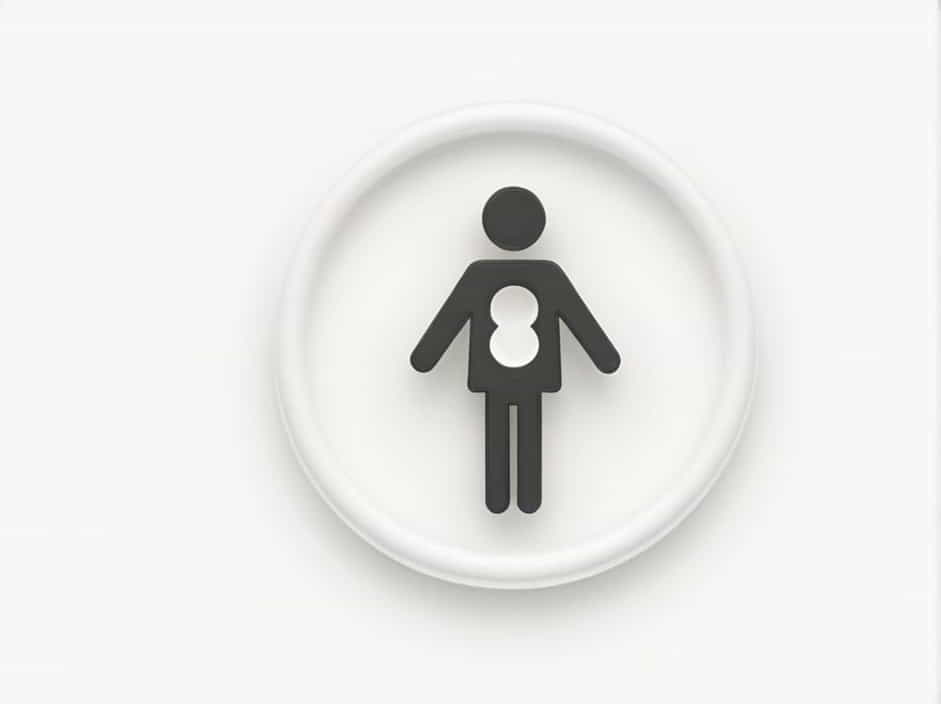The coronal plane, also known as the frontal plane, is one of the three primary anatomical planes used to describe the human body. It divides the body into two sections: anterior (front) and posterior (back). Understanding the coronal plane is essential for medical professionals, anatomists, and students of biology, as it helps in identifying body structures and their orientation.
This topic will explore the function, significance, and applications of the coronal plane in medical imaging, surgery, and anatomical studies.
What Is the Coronal Plane?
The coronal plane is a vertical plane that runs from side to side, dividing the body into front (anterior) and back (posterior) sections. It is perpendicular to the sagittal plane and transverse plane.
Key Features of the Coronal Plane
- Direction: Runs vertically, from head to feet.
- Divides the Body Into: Front (anterior) and back (posterior) sections.
- Perpendicular to: The sagittal plane (which divides the body into left and right halves) and the transverse plane (which divides the body into upper and lower sections).
The term coronal comes from the Latin word corona, meaning crown, as the plane aligns with the coronal suture of the skull.
How the Coronal Plane Divides the Body
The coronal plane creates two main sections:
-
Anterior (Front) Section
- Includes the face, chest, abdomen, and front part of the limbs.
- Contains vital organs like the heart, lungs, stomach, and intestines.
-
Posterior (Back) Section
- Includes the back, spine, and posterior parts of the limbs.
- Contains structures like the vertebral column, kidneys, and back muscles.
This division helps in medical procedures, imaging techniques, and anatomical descriptions.
Comparison with Other Anatomical Planes
1. Coronal Plane vs. Sagittal Plane
| Feature | Coronal Plane | Sagittal Plane |
|---|---|---|
| Direction | Vertical | Vertical |
| Divides Body Into | Front & Back | Left & Right |
| Perpendicular To | Sagittal & Transverse | Coronal & Transverse |
2. Coronal Plane vs. Transverse Plane
| Feature | Coronal Plane | Transverse Plane |
|---|---|---|
| Direction | Vertical | Horizontal |
| Divides Body Into | Front & Back | Upper & Lower |
| Common in | X-rays, MRIs | CT Scans, MRIs |
Understanding these differences is crucial for medical imaging, anatomical studies, and surgery.
Importance of the Coronal Plane in Medicine
The coronal plane is widely used in various medical fields, including:
1. Medical Imaging
- X-rays, MRI, and CT scans often use the coronal plane to view internal organs and structures.
- Helps in diagnosing conditions affecting the lungs, heart, and abdominal organs.
2. Surgery and Clinical Procedures
- Surgeons use the coronal plane to plan incisions and access specific body parts.
- Common in plastic surgery, neurosurgery, and orthopedic procedures.
3. Physical Therapy and Rehabilitation
- Helps in designing exercise plans based on muscle movements along the frontal plane.
- Used in treating conditions related to posture, spinal alignment, and joint mobility.
4. Biomechanics and Movement Analysis
- Athletes and physiotherapists use the coronal plane to study body movement and balance.
- Helps in improving sports performance and injury prevention.
Examples of Body Movements in the Coronal Plane
Movements that occur along the coronal plane include:
1. Abduction and Adduction
- Abduction: Moving a body part away from the midline (e.g., raising arms sideways).
- Adduction: Moving a body part toward the midline (e.g., bringing arms back down).
2. Side Bending (Lateral Flexion)
- Bending the spine sideways (e.g., tilting the head or bending the torso).
- Common in yoga and stretching exercises.
3. Elevation and Depression
- Elevation: Raising a body part (e.g., shrugging shoulders).
- Depression: Lowering a body part (e.g., relaxing shoulders after shrugging).
These movements are crucial in daily activities and sports.
Applications of the Coronal Plane in Fitness and Exercise
Understanding the coronal plane helps in designing effective workout routines.
1. Strength Training
- Lateral shoulder raises work the deltoid muscles.
- Side lunges target the legs and glutes.
2. Flexibility and Mobility Training
- Side stretches improve flexibility in the spine and torso.
- Lateral leg raises strengthen hip muscles.
3. Balance and Stability Training
- Exercises in the coronal plane improve coordination and posture.
- Common in activities like Pilates, yoga, and martial arts.
Common Injuries and Conditions Related to the Coronal Plane
Injuries affecting the coronal plane movements include:
1. Shoulder Injuries
- Rotator cuff tears due to excessive abduction or adduction.
2. Spine Issues
- Scoliosis (sideways curvature of the spine) affects movement along the coronal plane.
3. Hip and Knee Injuries
- Weak hip abductors can lead to poor balance and knee pain.
Proper exercise, therapy, and posture correction can help prevent these issues.
The coronal plane is a fundamental anatomical division that splits the body into front (anterior) and back (posterior) sections. It is widely used in medical imaging, surgery, fitness, and rehabilitation.
By understanding the movements, applications, and significance of the coronal plane, professionals in healthcare, sports, and fitness can improve diagnoses, treatments, and physical performance.
